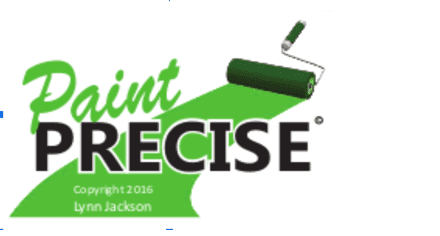Operations
As you are achieving success with your sales and marketing goals, you need to ensure that that you have a team in place that can perform with excellence. One of the worst experiences you can have is to build great relationships and opportunities with customers, to see it all disintegrate due to the inability to deliver. People who just do not care or who are not trainable have no place on your team. This is especially critical in the busy summer months, when painters are very hard to find. Another pressure point can occur when you are well into a large project, you are keeping up with the general’s schedule just fine, and then the “Punchlists” begin. Depending on the size of the job, this can increase your staffing needs considerably. This situation is always a challenge, as you can’t just keep painters waiting in the wings just for this process, but you do need to plan ahead. This also demands that you have strong people in supervisory positions; superintendents, foremen and lead painters.
Another strategy I would encourage everyone to embrace is to maintain a Mentoring program. Your foremen and lead painters need to understand that it is vital to your success to have painters with well-rounded skill sets. It is simply not acceptable to have people on your crew who only know how to do brush work, or who can only prep or only spray. They need to be qualified in all aspects of the trade. If you are a union shop, the Unions are supposed to address this task, but I have found that it is wise not to count on them. Your foremen are probably the best answer for this task. I have had foremen who will resist, and will respond by saying they don’t think it is their job to train people. One of their big concerns, is that they know they have production goals and schedules to meet, and training will have a negative impact on those goals. They need to understand that their job is to do what you need them to do to make the company successful. They need to understand also that you are aware that the mentoring may have an impact on the other responsibilities. This, nonetheless, is not an excuse to not meet reasonable goals. I have found, and you can explain to your foremen, that it can take as little as five minutes to show an apprentice (or whoever) proper cut-in technique, or how to roll or to handle a spray gun. These little “mini training sessions” can pay off in big dividends in the long run.
When on the job sites, the foremen should begin each day “lining out” his/her crew(s). This should always include specific goals for each person. “Bob, I want you to start rolling out walls at this end of the hallway, and I want you to be at the other end of the hall by the end of the day”. The goals need to be specific and attainable. It doesn’t stop there though. At the end of the day the foreman must check to see if Bob did achieve his goals. If not, “why?” Does Bob need more training or motivation, or did something happen that kept him from making it. If another sub, or the general slowed him down, that needs to be addressed.
One other thing I would encourage you to do, if you don’t already, is to be sure that your crews always have a copy of the PDCA Standards in their job box. Being familiar with these and having them handy can win many an argument.
One other item that relates to Operations, but also to Estimating, is tracking production rates.
This is addressed in my book Paint Contracting and Estimating, and I cannot stress enough how critical it is to your success. On the Operations side, you should track your crew’s production on every task they do. Tracking needs to start early (the beginning of each project) and often (the duration of the project). Your foremen can keep track of this information daily, by measuring the crew’s performance against the daily goals. This way, if they are not hitting the marks, you can catch it early and initiate damage control before you are too far behind. The flip side to this coin is to not pay attention, get to the end of the job, and wonder why you lost money. In some instances this can represent substantial problems, whether with regards to keeping up with the schedule or burning up your Labor or Material budgets.
As it relates to Estimating, tracking your production rates will allow you to build a database that is specific to your company. With this information, your estimates will be far more accurate, and you can hopefully be more competitive. One thing to keep in mind is that you can track performance of one crew or individual, and it probably won’t be the same as another crew or person. Case in point, I tracked two of my best painters on one job, spraying and backrolling walls one day. The next day I swapped them out for two less talented painters, and the production rate was nearly half of the first team’s. To account for this you can either know the team you are going to use when you do your bid (if you have the luxury of planning that far ahead) or you can calculate an average rate of your entire crew, for each task. At the end of each job, I would urge you to conduct a “Job Closeout Meeting”. You should use the data you have collected during the job to figure out why you lost, or why you won (just as important) and how to duplicate that effort. You can use this information to make adjustments on future jobs.
Lynn Jackson www.paintprecise.com

